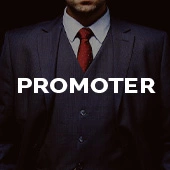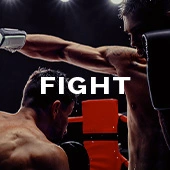Pay-per-view boxing events have reached prohibitive price points in the United States in part because promoters have had to guarantee boxers more money for such high-profile fights.
Bob Arum believes that equation needs to change, especially if promoters and network partners are to experiment with lowering exorbitant prices for pay-per-view events in an American economy damaged badly by the COVID-19 pandemic. Arum discussed the adjustments he feels promoters and boxers must make to boxing’s flawed pay-per-view model in the United States during the newest episode of Chris Mannix’s Sports Illustrated boxing podcast.
The outspoken promoter admitted that they would be better off charging $40 for pay-per-view fights in the U.S. to lure more consumers and combat the industry’s rampant piracy problem. Most pay-per-view boxing shows cost U.S. consumers nearly or exactly double the $40 figure Arum suggested to generate much higher buy rates.
To lower that price point, it’ll take cooperation from fighters in main events, who in most pay-per-view shows absorb less risk than promoters and networks.
“Both the fighters and the promoters,” Arum replied when Mannix asked who would take the additional risk to reduce pay-per-view prices. “In other words, the fighters would take less of a guarantee and more of the upside [from pay-per-view revenue]. For example, I mean, that’s how we did it with Marvin [Hagler]. That’s how we did it with [Oscar] De La Hoya. That’s how we did it in the past.
“They’d take reasonable guarantees and a big upside. So that if a fighter, for example, says, ‘Hey, I wanna make $20 million.’ OK. You know, then we’ll figure out what is a safe amount to guarantee him, whether it’s $5 [million] or $7 million, give him a big share of the upside and if he’s right, that the fight will perform in a particular way, he’ll make his money or maybe more.”
Hagler earned approximately $19 million from his infamous, split-decision defeat to “Sugar” Ray Leonard in their 12-round WBC middleweight title fight 33 years ago. Leonard walked away with roughly $11 million because his deal consisted largely of his guaranteed purse from that April 1987 bout at Caesars Palace in Las Vegas.
Cable companies charged customers at least $35 to watch Leonard-Hagler on pay-per-view. Those without pay-per-view access at that time had to travel to closed-circuit locations to watch Leonard-Hagler, which occurred on a Monday night.
The most recent major boxing pay-per-view show in the United States – the WBC heavyweight championship rematch between Tyson Fury and Deontay Wilder on February 22 in Las Vegas – consistently cost just about $80 to view in HD.
“Marvin, who fought largely on percentage in his fight with Ray, ended up making almost twice as much [as Leonard],” Arum said, referring to Hagler’s cut of the pay-per-view and closed-circuit revenue. “So again, that’s what we’re gonna have to convince fighters of. The current situation, where fighters get huge guarantees on the pay-per-view, promoters have largely lost money. … Like, for example, Al Haymon with PBC, lost tons of money on Spence and Porter, lost tons of money in the Pacquiao fights that he put on. Why? They were successful promotions, but the guarantees were too high.”
Keith Idec is a senior writer/columnist for BoxingScene.com. He can be reached on Twitter @Idecboxing.


